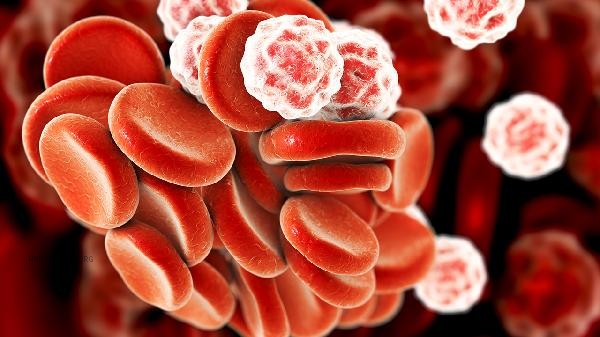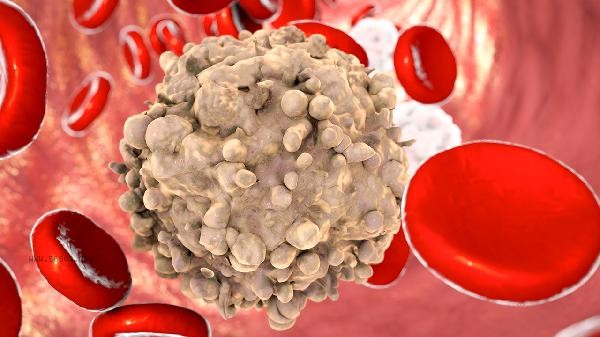Low white blood cell count in blood routine may be caused by viral infections, drug side effects, immune system diseases, bone marrow suppression, or malnutrition.
1. Viral infection:

Influenza, rubella and other viral infections can temporarily inhibit bone marrow hematopoietic function, leading to a decrease in white blood cell count. This type of situation is usually accompanied by symptoms such as fever and fatigue, and as the infection is controlled, white blood cell levels will gradually recover. Mild viral infections do not require special treatment, while severe cases require the use of antiviral drugs according to medical advice.
2. Drug side effects:
Some antibiotics, anti thyroid drugs, or chemotherapy drugs may affect bone marrow hematopoiesis. Long term use of immunosuppressants such as cyclophosphamide or radiation therapy may lead to leukopenia. When abnormal indicators are found, they should be rechecked in a timely manner, and if necessary, the medication plan should be adjusted under the guidance of a doctor.
3. Immune system diseases:

Autoimmune diseases such as systemic lupus erythematosus and rheumatoid arthritis may attack the hematopoietic system. These patients often have symptoms such as joint pain and rash, and need to be treated with immunosuppressants such as prednisone combined with hydroxychloroquine, while regularly monitoring changes in blood routine indicators. 4. Bone marrow suppression: Diseases such as aplastic anemia and myelodysplastic syndrome directly affect hematopoietic function. The patient may experience accompanying symptoms such as anemia and bleeding tendency, and diagnosis should be made through bone marrow puncture. The treatment includes immunoglobulin injection, hematopoietic stem cell transplantation, and other protocols.
5. Malnutrition:
Long term lack of vitamin B12, folate, or protein can lead to insufficient hematopoietic raw materials. Vegetarians and people with digestive and absorption disorders are prone to such symptoms, such as pale skin and tongue inflammation. Improving dietary structure and increasing intake of animal liver, dark green vegetables, and other foods in moderation can help with recovery.
It is recommended that individuals with low white blood cells maintain a regular daily routine, consume sufficient amounts of high-quality protein such as fish, eggs, and milk, and engage in moderate aerobic exercise to enhance their physical fitness. Avoid raw and cold foods to prevent infection, and use ingredients with immune regulating effects such as shiitake mushrooms and goji berries when cooking. When long-term indicators are abnormal or accompanied by persistent symptoms such as fever and bleeding, it is necessary to seek timely diagnosis and screening of hematological diseases in the hematology department.









Comments (0)
Leave a Comment
No comments yet
Be the first to share your thoughts!